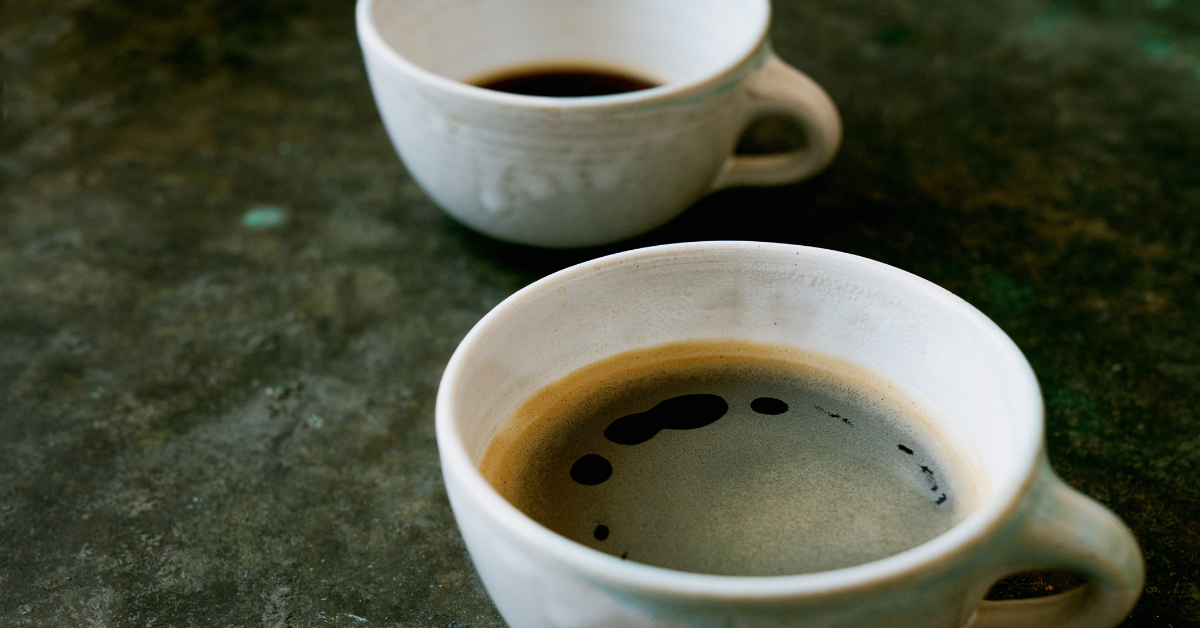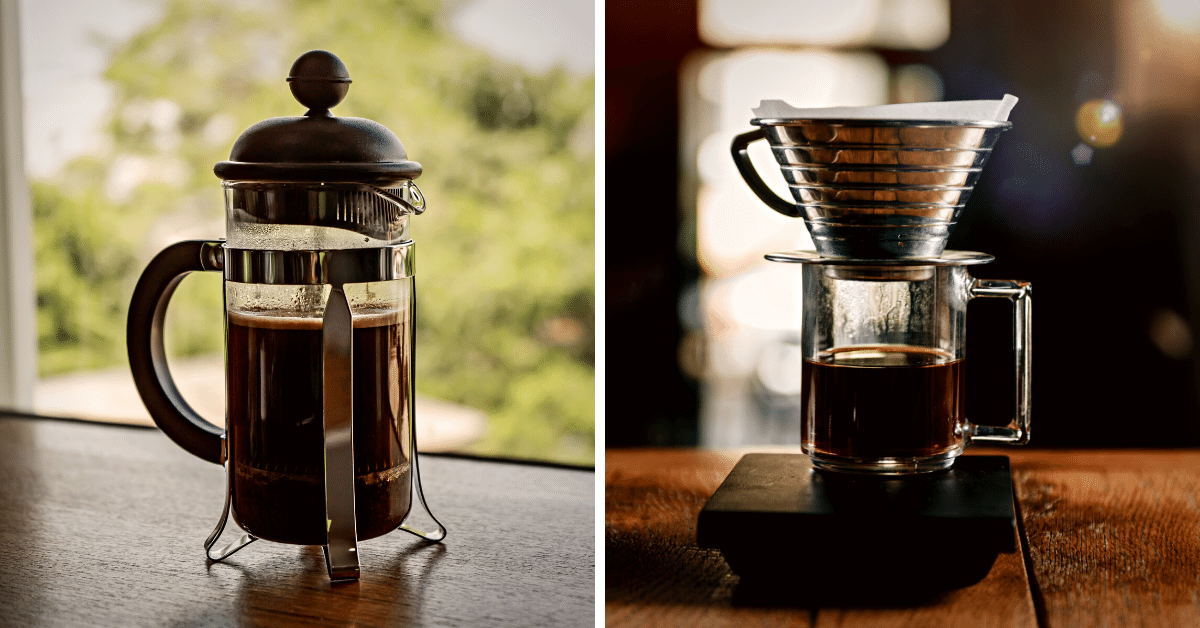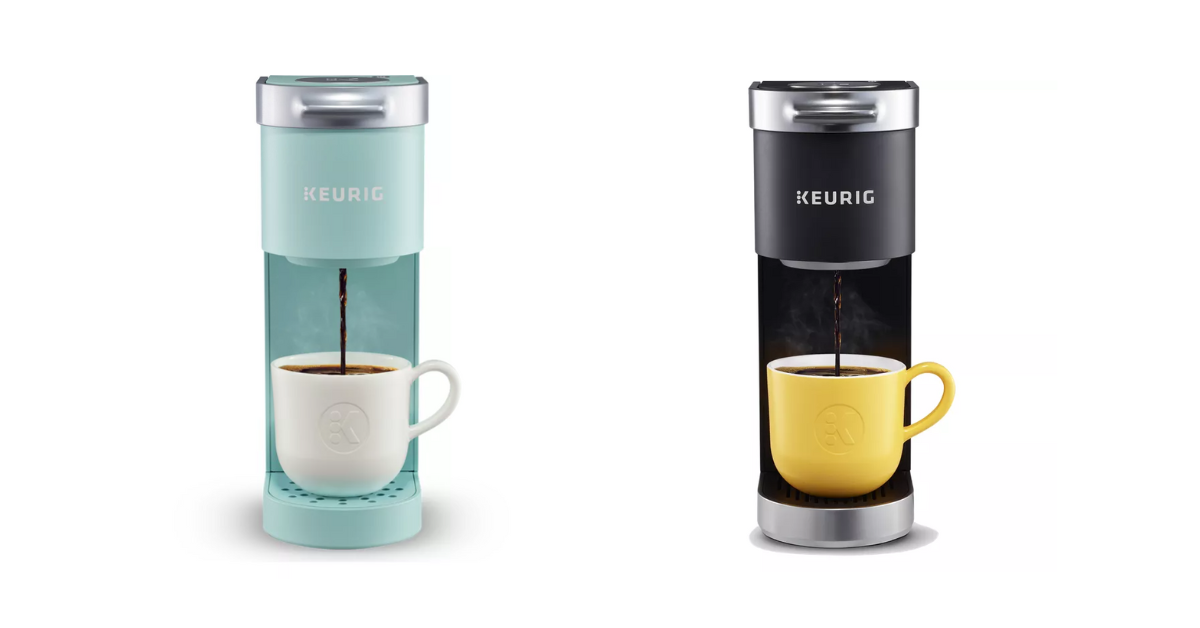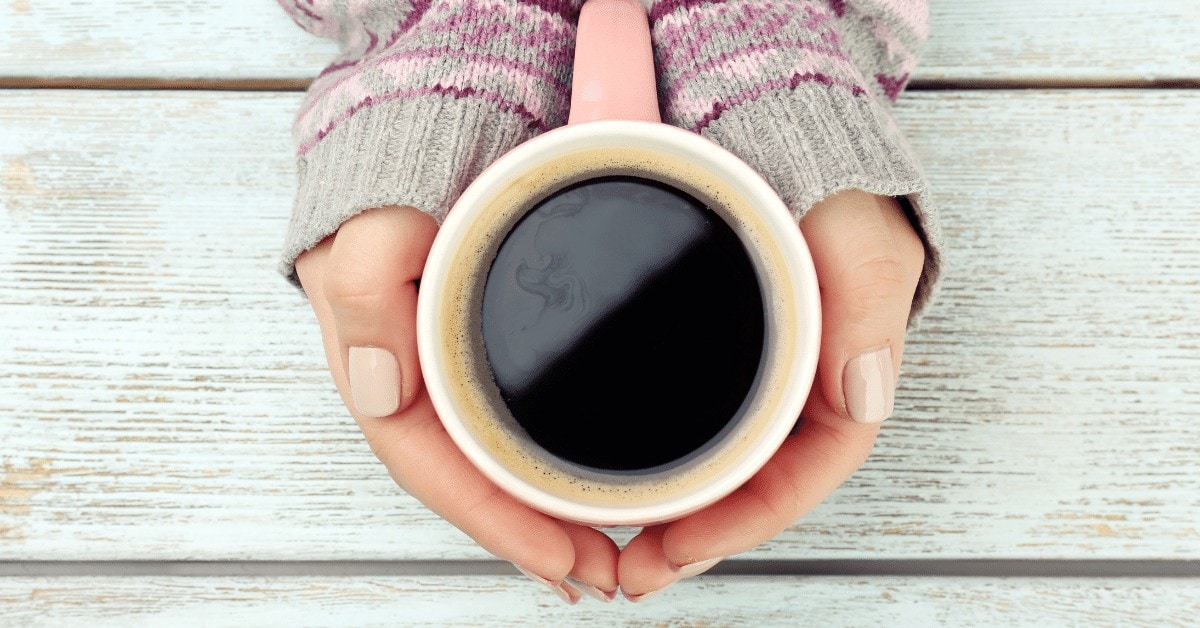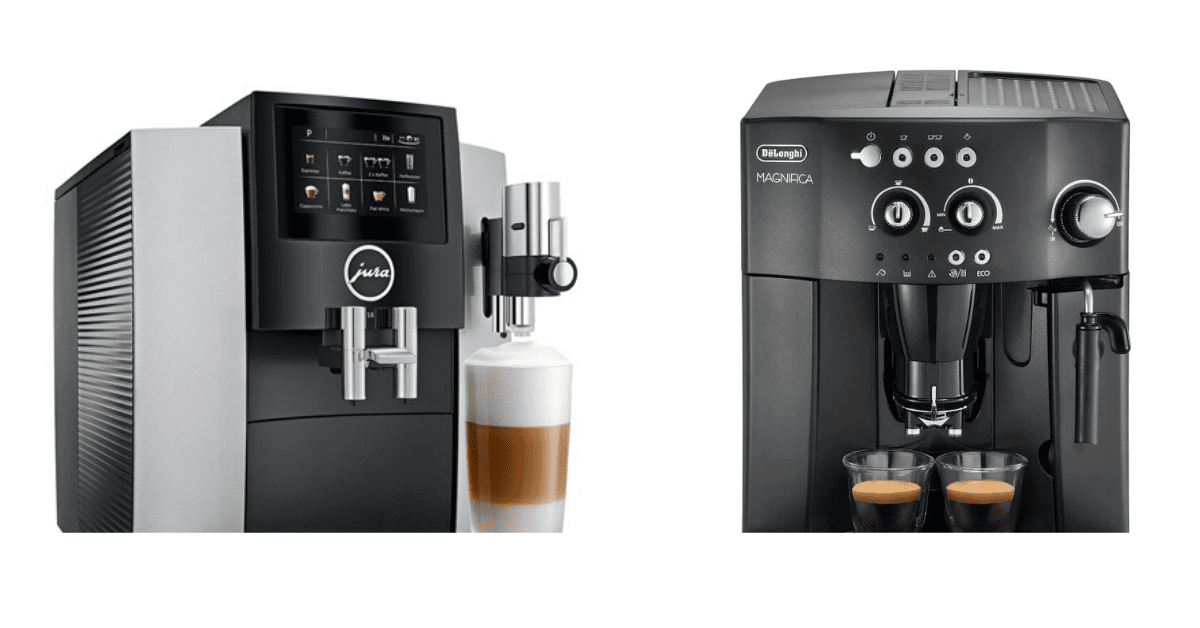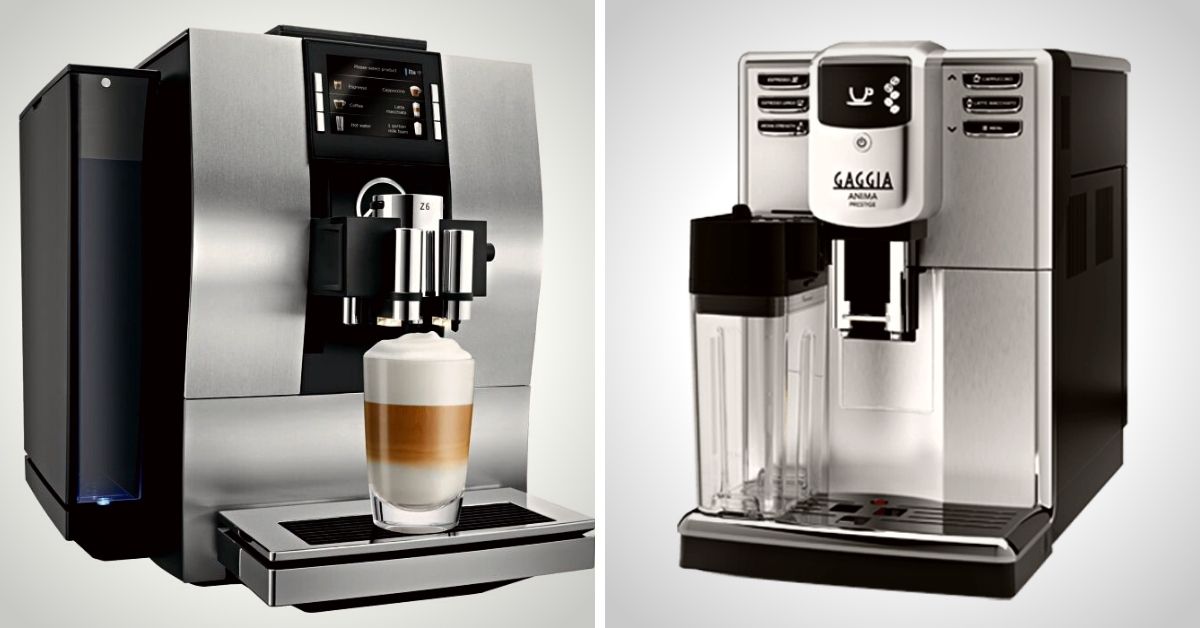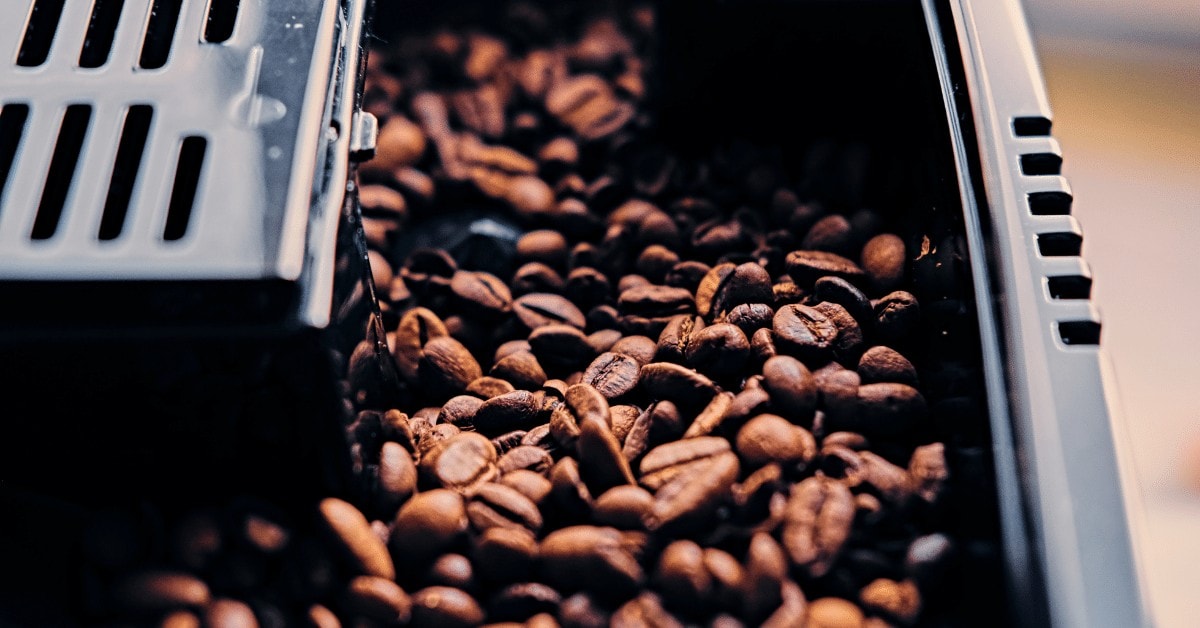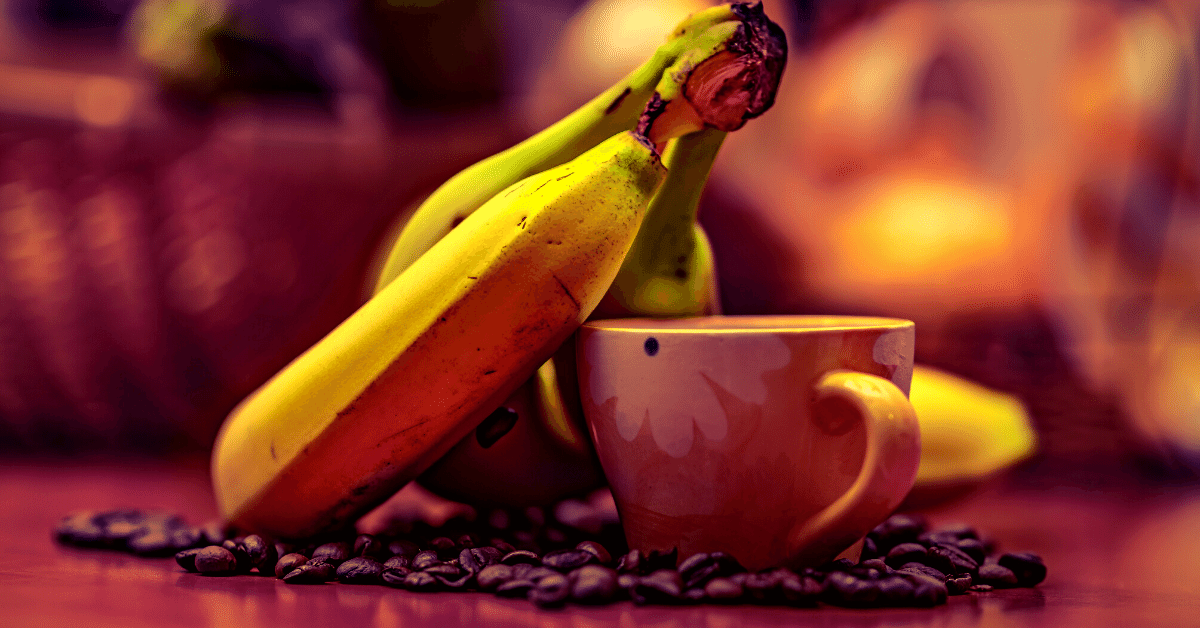While there’s nothing wrong with a classic espresso, drinking the same ol’ coffee can get boring.
But there are different ways you can make a cup of espresso. One of them is lungo.
In this article, we’ll go over an in-depth lungo vs espresso rundown and see how these two drinks compare.
Let’s dive in.
What is a Lungo?
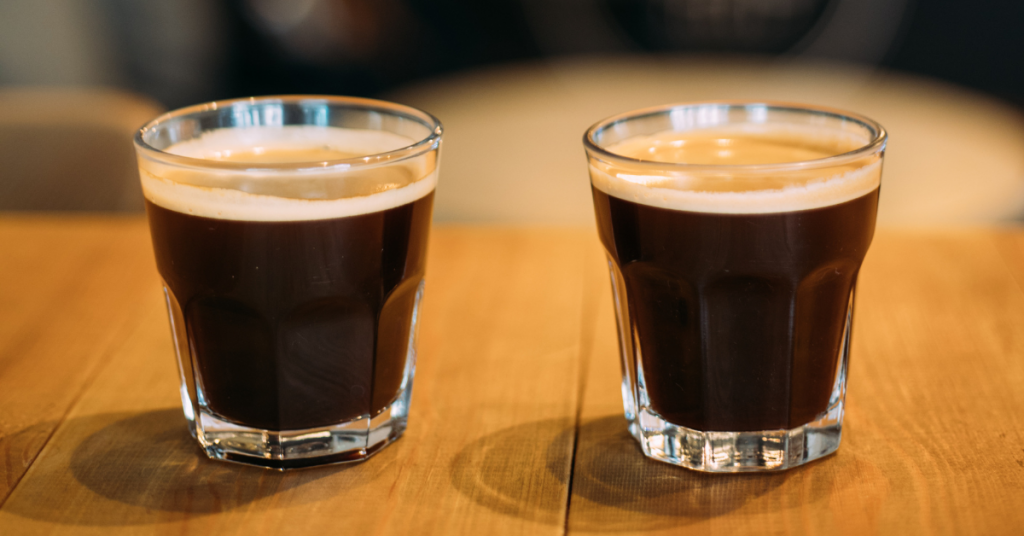
In Italian, lungo means long, and that’s exactly what this drink is – a long version of espresso coffee.
What I mean by this is that it’s made with the same amount of coffee as regular espresso, but with twice the amount of water. So while a standard cup of espresso is an ounce, lungo is roughly between 1 ½ and 2 ounces.
To make a lungo, you need an espresso machine. The process is basically the same as making regular espresso, but longer.
For a regular cup of espresso, pulling the shot lasts anywhere between 25 and 30 seconds. To make an espresso lungo, that amount of time should roughly be doubled.
I say roughly because after about 40 seconds flavors start changing. You can experiment with different pulling times until you find what tastes the best.
Even though there’s more water in a lungo than in an espresso, that doesn’t mean you’ll get a bland cup of coffee. While a lungo is a bit less intense than espresso, it’s also slightly more bitter.
Confusing, right?
Well, the science behind is actually logical, and I’ll get more into it in the main section.
What is an Espresso?
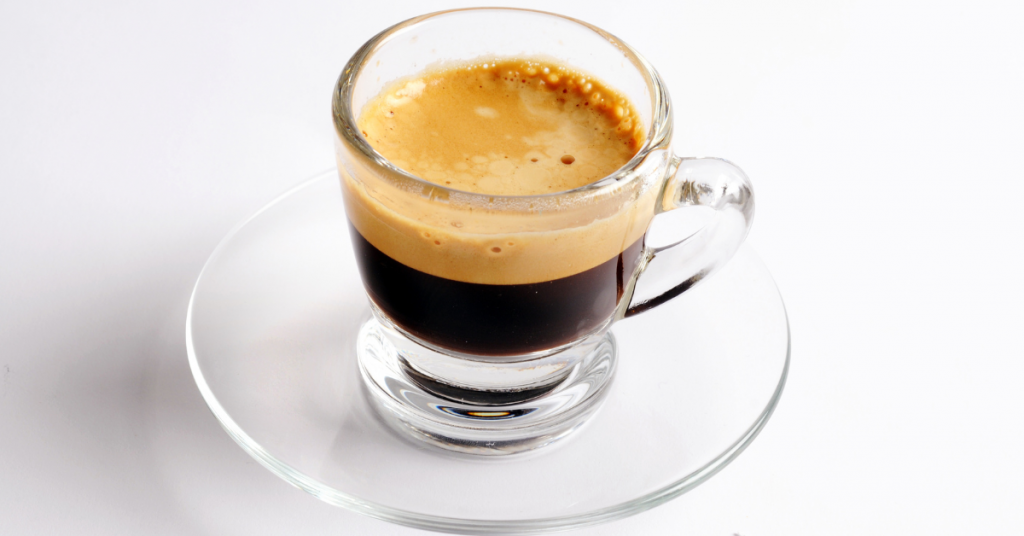
Espresso is a concentrated, one-ounce shot of coffee. To make an espresso, hot water is pushed under pressure through a filter with packed coffee grounds. We do this by pulling the shot on an espresso machine, for about 25 to 30 seconds.
Espresso has been around for more than 100 years. The machines for making this type of coffee have changed quite a lot throughout the years. But the final product has remained pretty much the same.
That’s not surprising, as the drink itself is like a piece of art.
A normal espresso shot consists of three characteristic layers. First, we have the bottom layer named the “heart.” It’s dark brown in color, and that’s where all the bitter qualities of the espresso shot lie.
Next, we have the middle layer, called the “body.” It has a caramel hue and is responsible for the strength espresso is known for.
Last but not the least, a layer of “crema” sits on top of the drink. This foamy layer is where most of the aromatic qualities are.
Lungo vs Espresso: The Key Differences
While these two drinks use the same coffee grounds, that’s about it when it comes to their similarities. In this section, we’ll talk about each of their key differences individually.
Brewing Method
Whether you’re making a standard espresso or a lungo coffee, you’ll need the same tool – an espresso maker. You’ll also use the same type and amount of ground coffee to make either of these drinks.
But the actual brewing process is slightly different depending on which type of coffee you’re making.
As we already established, lungo espresso uses approximately double the amount of water needed for espresso. At the same time, pulling a long shot should also last around double the time it takes for a normal espresso.
If you own an automatic espresso maker, there’s a good chance you already have a preset lungo option. In that case, you just need to select the coffee drink you want and the machine will do the rest.
But if your espresso maker requires a bit more input from you, you’ll need to change a few settings. If your machine allows you to adjust the amount of water and pulling time, then making a lungo won’t be an issue.
Taste & Appearance
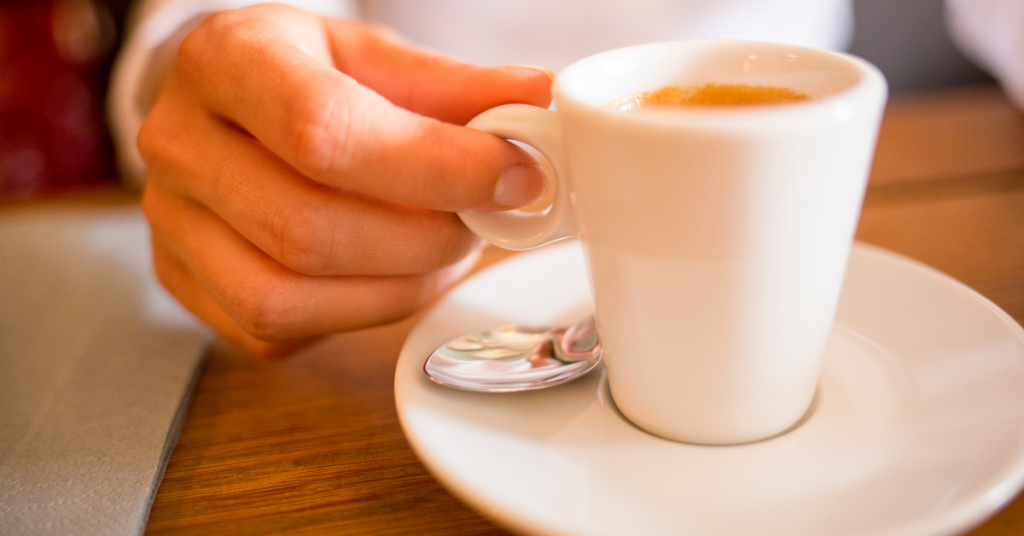
It’s quite impressive how little changes in brewing can affect both the taste and appearance of the drink.
Because it contains more water, lungo is somewhat weaker compared to an espresso.
But that doesn’t mean it’s just a diluted version of the original drink. The length of the pull plays a big role in flavor change.
This is because different compounds found in coffee grounds take a different amount of time to extract completely.
The first compounds to get extracted are fats and oils, followed by sugars. Last to extract are fibers, which give coffee that bitterness.
When making a traditional espresso, you basically stop pulling the shot around the time fibers start dissolving in water. So what you get is a well-rounded cup of coffee with slight bitter notes.
With a lungo, on the other hand, fibers get more extracted. So the final result is much more bitter, even though it’s a more diluted espresso drink.
Longer extraction time also means that the caramel notes espresso is known for, turn out to be smokier, and somewhat chocolatey.
Of course, the slight change in appearance is also obvious. As we already mentioned, espresso has three distinctive layers: heart, body, and crema. While you can still differentiate the layers on lungo, they’re not as bright and opaque as they are on espresso.
The crema on lungo is also less foamy, lighter in color, and quickly disappears.
Caffeine Content
Caffeine content is in direct relation to brewing time. The more coffee and water are in contact, the more caffeine gets extracted.
Since pulling a lungo shot takes longer, it’s pretty clear that it has more caffeine than espresso. But only slightly.
And if you compare the caffeine content of these drinks at the per ounce level? Well, then it turns out that espresso has more caffeine per ounce than its “big brother.”
FAQ

Still confused about lungo? In this section, I’ll answer some questions you might have about this drink.
Is lungo the same as double espresso?
No, the brew ratio of these coffees is different. A lungo uses the same amount of coffee as a single shot of espresso, but double the amount of water.
A double espresso is exactly what the name suggests – two shots in a single cup. This means it’s made with double the amount of coffee as a lungo.
Do I use espresso or lungo for a latte?
A latte is made with a single shot of espresso. But that doesn’t mean you can’t use lungo as a base instead. But you might want to tweak the amount of milk, as your drink can turn out too watery and bitter for a light beverage such as a latte.
Is a lungo the same as an americano?
While both drinks use an additional amount of water, they’re not the same. When making an Americano, you first pull a shot of espresso, then add water. With lungo, extra water is directly added to the brewing process.
As a result, these two drinks are different in flavor. A lungo is brewed longer, so it has prominent bitter and smokey notes that an Americano lacks.
The Final Word
Neither of these drinks is better than the other – it’s all a matter of personal preference.
If you prefer a rich, full-bodied cup of coffee, then espresso is a perfect choice for you. It has a sweet caramel flavor with a hint of bitterness that easily appeals to your taste buds.
But if mild, earthy tones are more up to your liking, then you might enjoy a lungo. Slightly more bitter, this type of coffee has pronounced smokey and nutty notes.
So which one is a better option for you? You won’t know until you try them both. But don’t stop there! Try other espresso varieties, such as ristretto!

